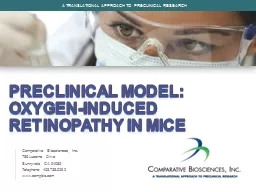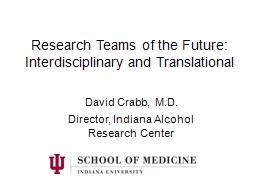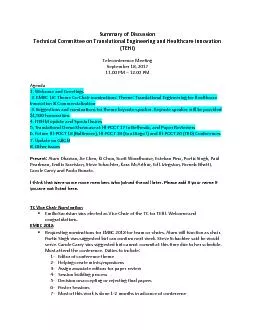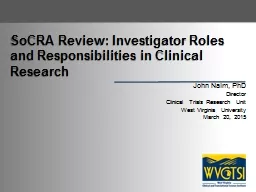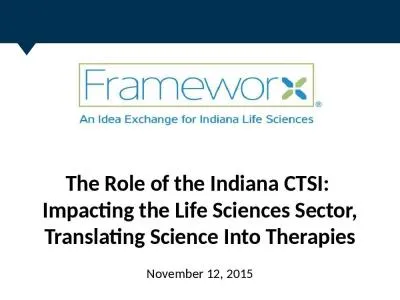PPT-Clinical and Translational Science Award
Author : briana-ranney | Published Date : 2018-10-27
Biostatistics Core A team of faculty and staff biostatisticians with diverse and extensive experience conducting a broad range of research projects 15 staff biostatisticians
Presentation Embed Code
Download Presentation
Download Presentation The PPT/PDF document "Clinical and Translational Science Award" is the property of its rightful owner. Permission is granted to download and print the materials on this website for personal, non-commercial use only, and to display it on your personal computer provided you do not modify the materials and that you retain all copyright notices contained in the materials. By downloading content from our website, you accept the terms of this agreement.
Clinical and Translational Science Award: Transcript
Download Rules Of Document
"Clinical and Translational Science Award"The content belongs to its owner. You may download and print it for personal use, without modification, and keep all copyright notices. By downloading, you agree to these terms.
Related Documents


